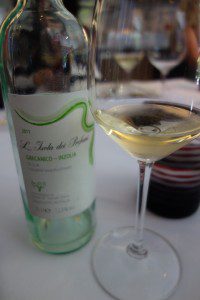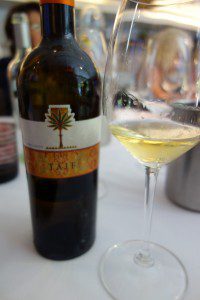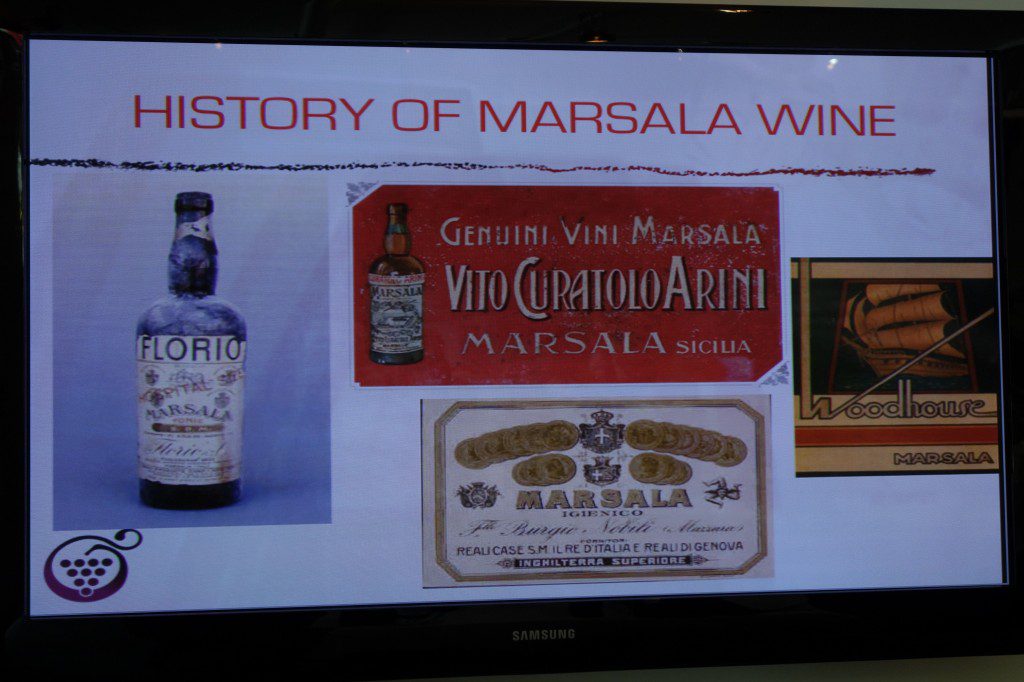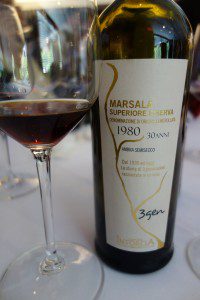17 Jun Italian Wine Focus: Sicilia
Seminar 3: Wines of Sicilia Sicilia is the biggest island of the Mediterranean. The Northern part of the island is a continuation of Apennine Mountain chain. Wine production is concentrated on the western part of Silicia. The island is composed of 60% hill, 25% mountain and 15% flatland and the weather is very hot and windy. There is a great variety of soil, climate and land. The West has red soil (oxidized with iron); the South has clay; the East has limestone. In total, there are 111.2 hectares planted. Silicia is a heritage of different cultures that have influenced the wine production in the area. 1500 BC, the Phoenicians brought grapes and began winemaking; 800 BC, the Greeks (enotria or land of wine) brought vine training systems (ie. Goblet system); 200 BC, the Romans perfected and continued the wine making tradition; 600 AD, the Arabs colonized Sicily and brought Moscato grapes to produce raisins to eat. Over the last 10 years, there has been a decrease in production of wines in Sicilia and an increase in the quality of the wines produced. Today there is 1 DOCG wine and 23 DOC wines. Sicilia itself is a DOC. GRAPES OF SICILIA:
Grillo – possibly brought by Phoenicians, citrusy and high in acidity, bitter aftertaste
Inzolia or Ansonica – possibly from Greece, fruity and flowery , low acidity, high alcohol
Catarratto – high yields, good structure and bitter finish
Grecanico – high alcohol, moderate complexity
GRAPES OF SICILIA:
Grillo – possibly brought by Phoenicians, citrusy and high in acidity, bitter aftertaste
Inzolia or Ansonica – possibly from Greece, fruity and flowery , low acidity, high alcohol
Catarratto – high yields, good structure and bitter finish
Grecanico – high alcohol, moderate complexity














- Addition of Must
- Addition of mistella (cooked must)
- Addition of acquavite or wine distilled spirits
- Addition of acquavite or wine distilled spirits are the only allowed
- Aged with solera system
- Marsala Vergine or Solera (5 years)
- Marsala Vergine Riserva (10 years)


- Oro (Gold)
- Ambra (amber) – due to cooked must being added
- Rubino (Ruby) – use red gapes (Nero d’Avola, Mascalezze, Perricone)
- Secco (dry) – less than 40 grams/1
- Semi-secco (semi-dry) – 40-100 gram/1
- Dolce (sweet) more than 100 grams / 1
- Fine – 12 months
- Superiore – 24 months
- Superiore Riserva – 48
- Vergine or Soleras – 60 months
- Vergine Riserva – 120 months












Discover more from Please The Palate
Subscribe to get the latest posts sent to your email.


